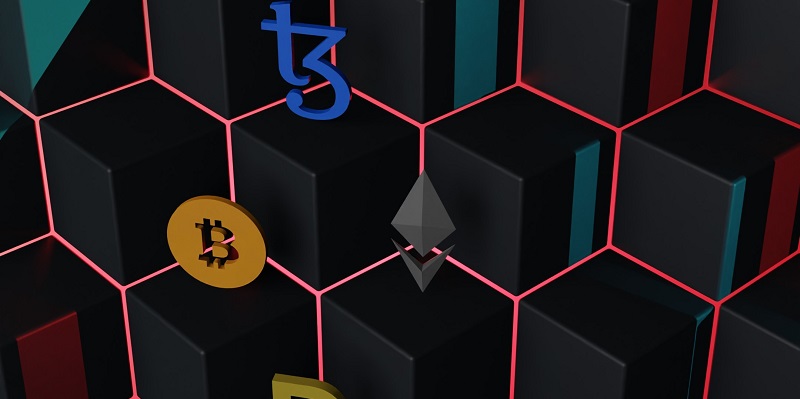Blockchain technology is leading a revolution in the financial industry, transforming traditional systems with promises of lower fees and faster transactions. This article explores the remarkable impact of blockchain networks on transaction fees, with a specific focus on XRP Ledger (XRPL) and its reputation for offering some of the lowest fees in the blockchain universe.
XRP Ledger’s Low Transaction Fees
The XRP Ledger has gained recognition for its impressively low transaction fees. With fees as low as $0.0002 per transaction, enthusiasts can execute up to 5,000 XRP transactions with just a single dollar. This incredible affordability sets the XRP Ledger apart, leading the way for more cost-effective transactions within the blockchain landscape.
Bitcoin’s Average Transaction Fee
While the XRP Ledger boasts minimal transaction fees, it is interesting to compare them to other prominent cryptocurrencies. Bitcoin, the pioneering cryptocurrency, has an average transaction fee of just $2.07. This significant difference underscores the affordability and accessibility of the XRP Ledger, making it an attractive choice for users seeking reduced transaction costs.
Ethereum’s Transaction Fee
Another major player in the blockchain space, Ethereum, maintains a fee of $0.639 per transaction, which is notably higher compared to the XRP Ledger. The relatively lower fees of the XRP Ledger make it an appealing alternative for those looking to minimize costs while benefiting from the advantages of blockchain technology.
Cardano’s Transaction Cost
Cardano, known for its innovative features and development efforts, boasts an average transaction cost of 0.17 ADA, equivalent to $0.042. While Cardano’s transaction fee is relatively low in comparison to other established cryptocurrencies, XRP Ledger maintains an edge with its significantly lower fees. This makes XRP Ledger an attractive option for individuals and businesses aiming to reduce transaction costs without compromising efficiency.
Polygon’s Transaction Fee
Polygon, a Layer 2 scaling solution for Ethereum, offers an average transaction fee of $0.0007. While Polygon’s fee is admirably low, it still falls short of XRP Ledger’s incredibly affordable transaction costs. The ability of the XRP Ledger to provide lightning-fast transactions at such minimal charges further solidifies its position as a transformative force within the blockchain industry.
Impact on Traditional Financial Systems
As the financial world continues to embrace blockchain technology, the impact on traditional finance systems becomes increasingly evident. The significantly lower transaction fees offered by blockchain networks like XRP Ledger challenge the traditional financial model, providing opportunities for individuals and businesses to reduce costs associated with transferring funds. Furthermore, the lightning-fast transaction speeds facilitated by blockchain networks enhance efficiency, enabling seamless and instantaneous financial transactions.
The future of finance is here, and it’s decentralized, cost-effective, and lightning-fast. Blockchain technology and specifically XRP Ledger have disrupted traditional financial systems by offering significantly lower transaction fees. With fees as low as $0.0002 per transaction, XRP Ledger enables users to execute thousands of transactions with just a single dollar. This illustrates the potential for blockchain networks to revolutionize financial processes, opening doors to more accessible and efficient transactions. As the financial industry increasingly embraces blockchain technology, the benefits of reduced fees and faster transactions will continue to drive its adoption, shaping the future of finance.

